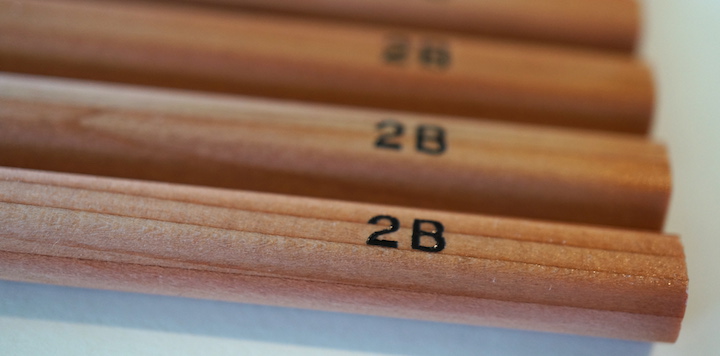
It has been a long while since the last pencil review at this blog. For many of us, it has probably become easier to buy pencils via mail order from either specialty stores or large ecommerce sites. But buying in person (locales such as Tokyo and NYC excepted) is not getting easier – digitization has been moving the office supply store to the same economic situation as the bookstore. And the big box stationers didn’t typically stock much apart from pencils competing for the lowest price.
But there are still other distribution channels, including emerging retailers like Muji. I’m excited to write about this pencil because Muji has stores in over twenty-five countries, and is very well known for stationery. Further, I’ve never seen this pencil reviewed online. It was featured at Bleistift, but as you can read, Matthias declined to buy it.
A couple of further notes – the pencil is not marked Muji (which is completely consistent with Muji’s “no-brand” aesthetic) but it is not the only Muji pencil I’ve seen. I’m fairly conversant with the brand as I temporarily lived in a hotel above the San Jose Muji for some weeks, and I’ve purchased items from just about every department of their store. The pencils we’re looking at today were purchased at a Toronto Muji, and are made in Japan. I found a lot of “Made in Japan” items there. This may seem natural, but almost everything (including pencils) in the San Jose store was made in China.
In terms of stationery – the San Jose store has multiple aisles of gel pens and paper products. The Toronto store is much smaller, with an island display devoted to pens and such. There are things I love, such as to-do pads with clear vinyl covers, transit pass holders, and all sorts of clear folders that I’ve used extensively during travel. The notebooks and journals look great – but are budget quality. Maybe we’ll take a closer look another day – but let’s start with the pencil.
One last thing – the product prices are marked in Japanese Yen. The markup to Canadian Dollars is about 23% in general – but the package of pencils is marked 150 Yen, but sold for five Canadian Dollars – a 274% markup! For comparison, this price per pencil is about one third the local price of a Staedtler Mars Lumograph.
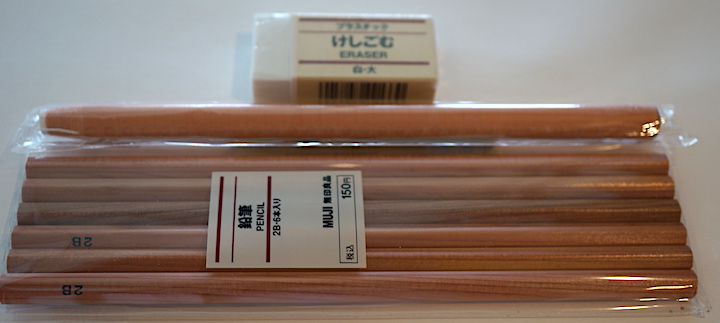
We’ll also look at two Muji erasers.
Name: Muji
Full name and model no: Muji pencil
The Muji item number seems to be: 0120-14-6404
Manufacturer: Unknown, but the packaging states “Made in Japan”.
Background: See above.
Weight: I’m not in current possession of a scale. I’ll update this post when I get one.
Dimensions: Rounded hexagon with unfinished cap. Standard (~175mm) length. The width side to side in 7.1mm.
Appearance: The pencils are hexagonal and unsharpened. The cap is not finished. The pencil surface is a clear lacquer. The only imprint is the pencil grade, “2B”. This finish is consistent with other Muji products – basic, unbranded.
The pencil is marked:
2B
Other notes: The minimalism of the pencil is fine with me, but I would not mind a bit more visual identity.
Grip: I found the lacquer to make the pencil a bit slippery, something most noticeable when sharpening.
Sharpening: I tried the excellent Möbius + Ruppert Pollux. The lead broke in the sharpener. I tried again, and again, and again. Same results. So I tried a different pencil – and had the same issue. I momentarily feared that these are just terrible pencils, but I tried the Möbius + Ruppert Grenade, and all was well. The Muji just doesn’t work with the Pollux. The pencils also sharpened very nicely in the El Casco M-430.
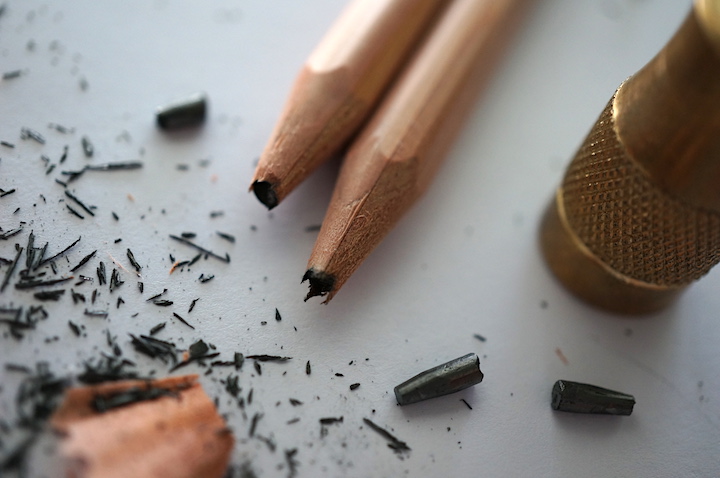
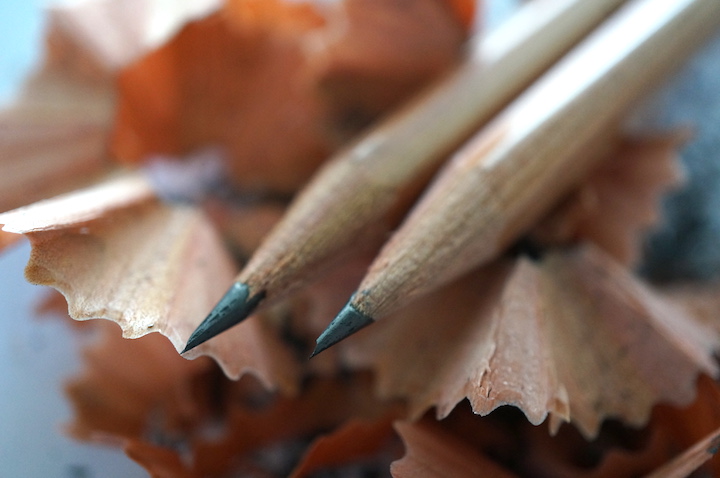

The wood appears to look and smell like cedar.
Writing: I chose three different paper types to test. As I write this, I know I should have also chosen some Muji paper to test – but I have never warmed to it, and just don’t use it much. I did pick an Ito Bindery Drawing Pad, Exacompta Index Cards, a Mnemosyne notepad, and a Doane Paper Moon Camera notebook. The Ito Bindery product is fantastic – it also has a Muji like minimalism, but is much higher quality and better executed – a real “less is better” product. The Doane Paper journal is another favorite – I am not tired of the blue ‘+’ signs.
On Ito Bindery (whose paper takes washes on Graphitint pencils and fountain pens), the lead seemed very dark, compacting and soft, and there was a lot of stray graphite dust. It did better on the index card and especially on Mnemosyne. The Doane may have been in between.
I also tried a Tombow Mono 2B as a comparison. Wow, after a while with the Muji, the Mono seemed like a Faber-Castell Castell 9000 in grade F by comparison. The Muji is a very dark pencil. The only grade, 2B, is more like a 4B as other manufacturers would grade it.
This is also a pencil whose point seemed to commence wearing down immediately.
The El Casco sharpened pencil seemed much more usable to me in terms of not wearing down. Perhaps there is something about the angle of the graphite cut contributing to the structural stability.
In some ways, the Muji is possibly more of a drawing pencil than a writing pencil.
Erasure: The Toronto Muji store had a delightful surprise for me that I wasn’t expecting – a paper wrapped eraser! This is a historical style that I love. Blaisdell received a patent in 1895 for this technique. I think it would be extremely successful if more widely available – pencil users love these little rituals, and removing the paper wrapper is a lot of fun! I know of Hinodewashi making a similar product. Are there others?
I also bought a regular vinyl block eraser.
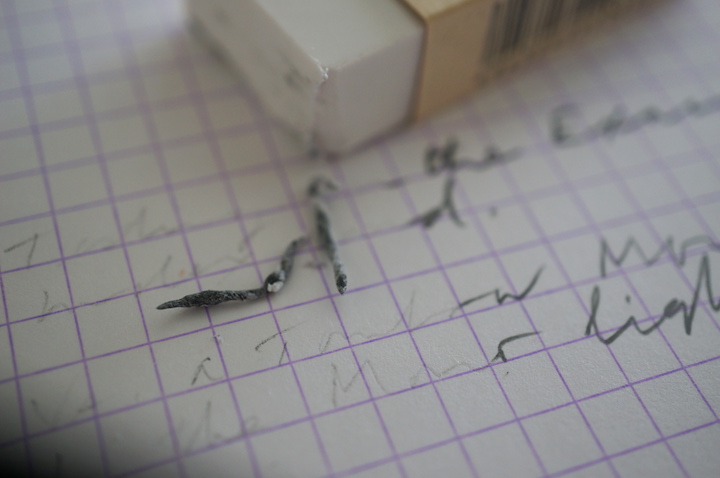
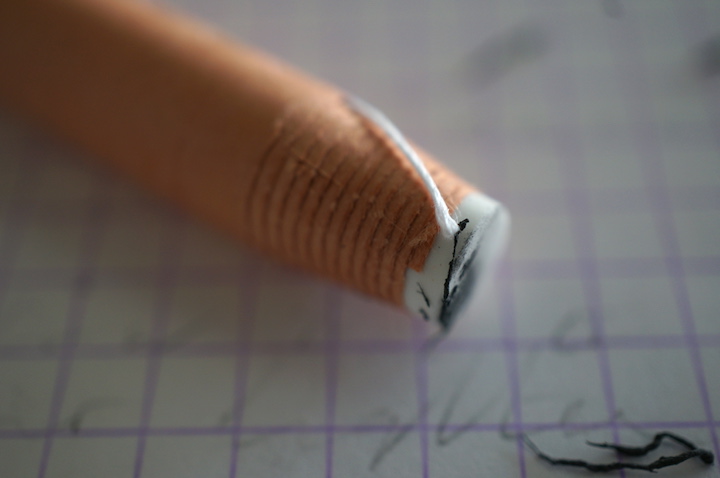
A Staedtler Mars plastic block served as a benchmark. Erasure was best on the Exacompta, and bad on the other papers (worst on the Ito). The Mars also smeared the Ito quite badly.
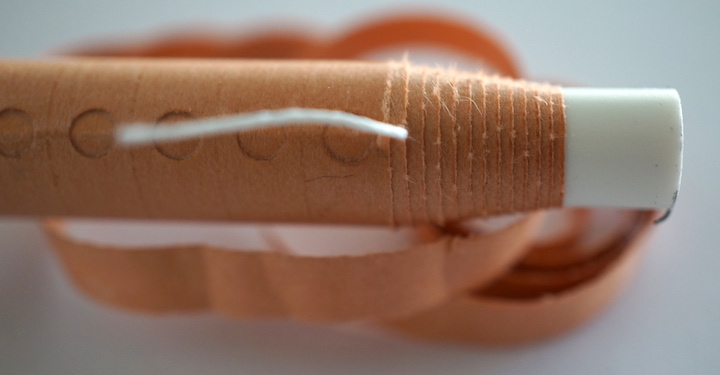
The erasers are okay to good (as are most modern erasers from Japan) and the paper-wrapped one is a gem! But the Muji pencil is not in general made for pencil who need erasure capabilities. The lead is too dark and adherent to paper.
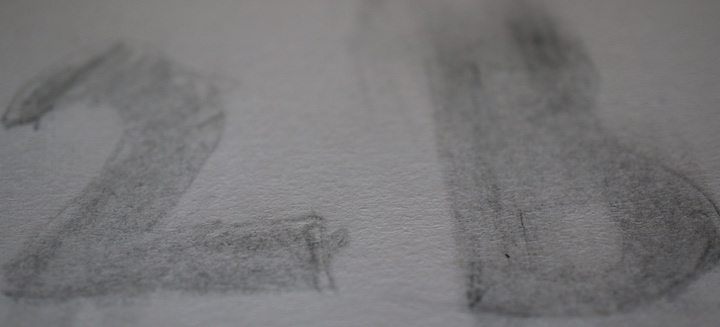
Overall: The Muji pencil is attractive and the price not outrageous for a Japanese made pencil. It does well in some circumstances – an El Casco style point (acute, concave, blunt) does very well on Mnemosyne paper, for example. But the noted sharpening and erasure characteristics make it unsuitable as a general purpose pencil.
I’m disappointed. I was hoping this pencil was going to be better. But I did discover a paper wrapped eraser!
